City firm Ashurst has become the latest practice to introduce targets to try and ensure more female representation in its upper echelons. The firm said it wants to achieve a partnership that is 33% female and ensure that 30% of ’legal leadership’ roles and 50% of senior business services roles are held by women. It hopes to reach these goals by the end of 2022.
Managing partner Paul Jenkins said setting targets would ‘provide awareness and impetus for change’. ‘Identifying, supporting and developing the pipeline of all female leaders is vital for our business and setting our new diversity and inclusion targets reflects our confidence in the power of aspirational targets to further improve gender balance at the firm,’ he said.
At the moment, 24% of Ashurst's global partnership is female. The percentage of women in legal management roles is 23% and for business services roles 33%.
Ashurst’s last diversity targets included implementing a ‘committed to change’ programme initiative which engaged partners to make a public commitment to diversity. It also introduced ‘bystander intervention training’ and a 'calling out' campaign to support partners and staff in feeling confident to challenge unacceptable language or behaviour.
Several firms have introduced gender targets but with mixed success.
Magic circle firm Linklaters exceeded its targets for 2018 after failing to meet them last year. In 2014, the firm pledged that at least 30% of new partners would be female.
Rival Allen & Overy last year set a target of ensuring females make up 30% of partnership promotions by 2020. Taylor Wessing meanwhile was forced to introduce an entirely new long term diversity programme at the end of last year after conceding it would not meet its goal of achieving a 25% female partnership by 2018.

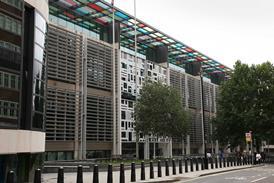
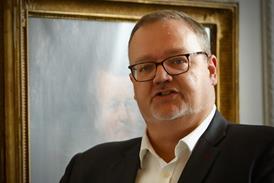
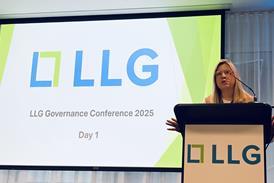

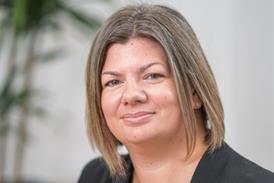



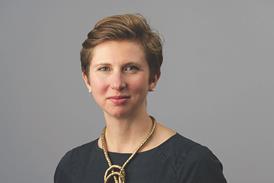
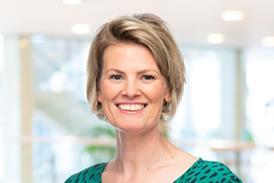





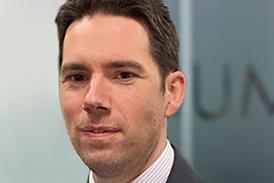
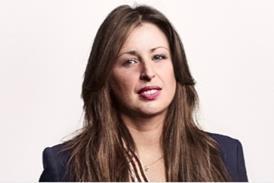
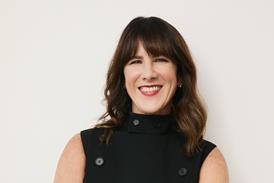
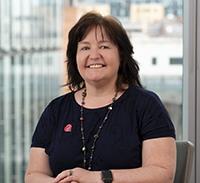







15 Readers' comments